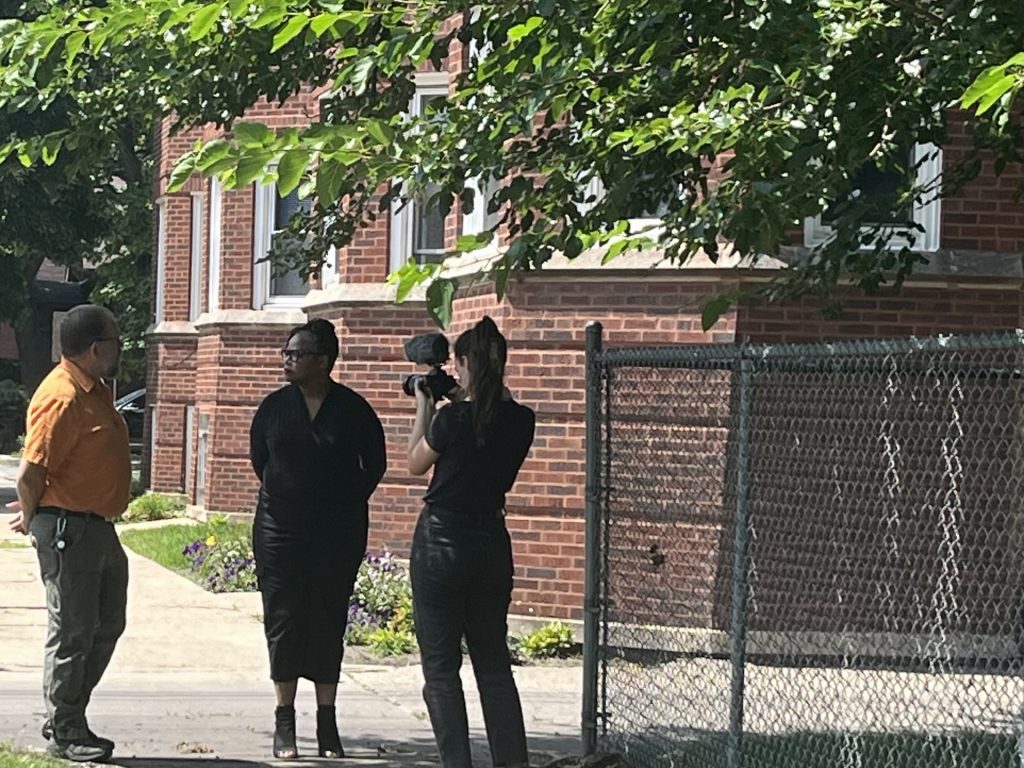It’s Friday afternoon at the household of Nedra Sims Fears, the Executive Director of The Greater Chatham Initiative (GCI) and lifelong resident of the area. Her windows are closed and the air conditioning is running as temperatures outside rise to 80+ degrees.
“This is a summer I have watched from the windows,” she says, as she looks out onto her tree-lined street.
While historic temperatures certainly have not offered much comfort outdoors, it isn’t the heat that has kept Sims Fears indoors. Instead, it is the air quality. As someone who suffers from asthma, the high number of poor air quality days have equated to more time inside. And while frustrated by this change, she does consider herself fortunate. She has a home equipped with air conditioning and a job that doesn’t require frequent outdoor work.
“When we are told to stay inside, close your windows and limit outdoor exposure, it’s not an accessible solution for many,” said Fears. “What about those unable to afford central air? Or those whose jobs are entirely outdoors? Staying inside means forgoing a paycheck. Unfortunately, breathing high quality air is a basic human right not all of us have.”
It is days like this that further underscore the critical nature of Community Research on Climate and Urban Science (CROCUS). CROCUS is a five-year, $25-million program carried out by a team of 17 organizations, including GCI. The program is funded by the DOE’s Office of Science, Office of Biological and Environmental Research.
A component of CROCUS is looking at how air quality differs across the city.
More specifically, researchers are studying how certain environmental factors and human elements change the quality of the air. Ground and rooftop instruments deployed at Northeastern Illinois University and Chicago State University are critical in providing this data. A new partnership with NASA and NOAA will further strengthen it.
Known as AGES+ (AEROMMA+CUPiDS, GOTHAAM, EPCAPE, STAQS and others), this NOAA and NASA lead campaign involves the deployment of several aircraft throughout the nation, including Chicago. Scott Collis, CROCUS Lead for Measurement Strategy, has been heavily involved in this mutually beneficial partnership. At the conclusion of the project five flights involving the NASA DC-8, Gulfstream 3 and 5 research aircraft occurred in the skies of Chicago.
With NASA able to tap into the CROCUS instruments for ground readings, CROCUS can tap into the flight measurements. This will lead to a much more robust understanding of air quality from ground to sky and onward into space.
“We may all breathe the same air, but we certainly do not have the same level of access to high quality air,” Collis said. “Through the work of CROCUS, we will be able to understand at a deeper level the current state of air quality and what is need to improve it long-term.”
“Unfortunately, breathing high quality air is a basic human right not all of us have.”
Nedra Sims Fears, Executive Director of The Greater Chatham Initiative



